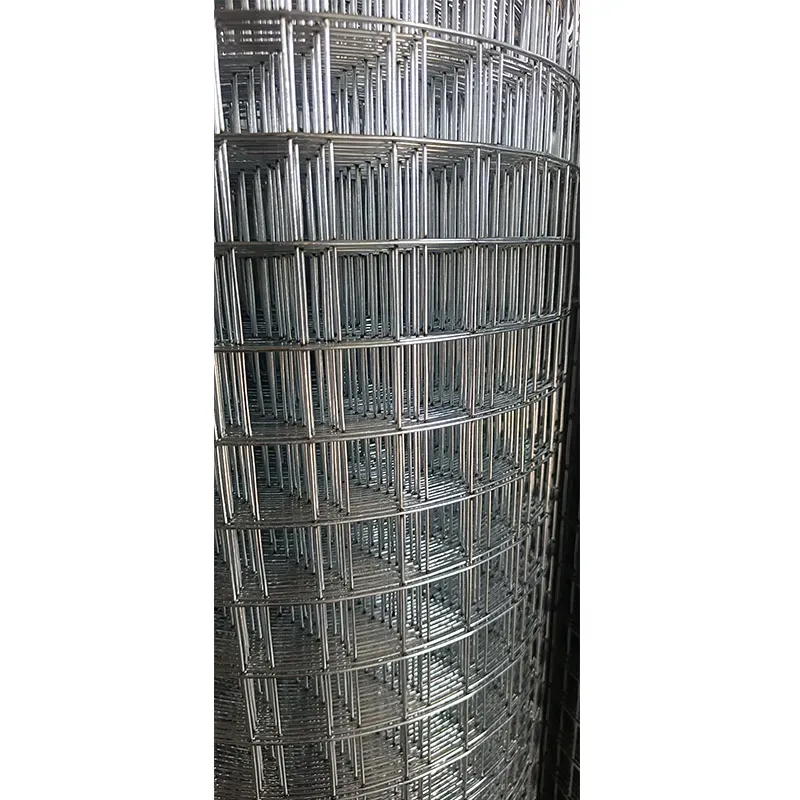Set . 07, 2024 04:15 Back to list
High-Quality Construction Nails for Every Project
The Importance of Construction Nails in the Building Industry
Construction nails are an essential component in the building industry, serving as the backbone of countless structures, from simple residential homes to towering skyscrapers. While often overlooked, nails play a crucial role in ensuring the stability, safety, and integrity of construction projects.
First and foremost, nails provide the means to fasten various building materials together. Wood, metal, and even certain types of concrete often require a reliable method of connection to withstand external forces. For example, framing a house typically involves the use of hundreds, if not thousands, of nails. These small yet significant fasteners help secure beams and joists, forming the skeleton of the structure that supports walls, roofs, and floors.
Different types of construction nails are designed for specific applications
. Common types include common nails, finish nails, brad nails, and framing nails, each differing in length, diameter, and head type. Common nails are typically used in framing and rough construction, while finish nails, with their smaller heads, are employed for trim work, ensuring a smooth appearance. Specialized nails such as roofing nails and masonry nails are designed for specific tasks, emphasizing the versatility of these fasteners.construction nails

Moreover, the materials from which nails are made can significantly impact their performance in various environments. Galvanized nails, coated with zinc, resist rust and corrosion, making them ideal for outdoor use or in humid conditions. Stainless steel nails offer even greater durability, especially in coastal areas where salt and moisture can compromise other metals. The selection of the right type of nail not only ensures the longevity of a structure but also enhances its safety against environmental hazards.
In addition to their functional properties, the way nails are installed is also critical. Proper installation techniques can significantly enhance the strength of the connections they create. For instance, using a nail gun can ensure consistent depth and spacing, leading to more secure joints. Furthermore, understanding the spacing guidelines recommended by industry standards can prevent potential structural failures.
In conclusion, construction nails may seem like a small detail in the grand scheme of building and construction, but their importance cannot be understated. They form the invisible connections that bind materials together, ensuring the safety and longevity of structures. As the industry continues to evolve with new materials and techniques, the role of nails will undoubtedly adapt, but their fundamental purpose as essential fasteners will remain unchanged. For anyone involved in construction, understanding the various options and selecting the right type of nail is crucial to successful building practices.
-
Weather Resistance Properties of Quality Roofing Nails
NewsAug.01,2025
-
How Galvanised Iron Mesh Resists Corrosion in Harsh Environments
NewsAug.01,2025
-
Creative Landscaping Uses for PVC Coated Wire Mesh Panels
NewsAug.01,2025
-
Common Wire Nail Dimensions and Their Specific Applications
NewsAug.01,2025
-
Choosing the Right Welded Wire Sheets for Agricultural Fencing
NewsAug.01,2025
-
Anti - Climbing Features of Razor Wire Barriers
NewsAug.01,2025









